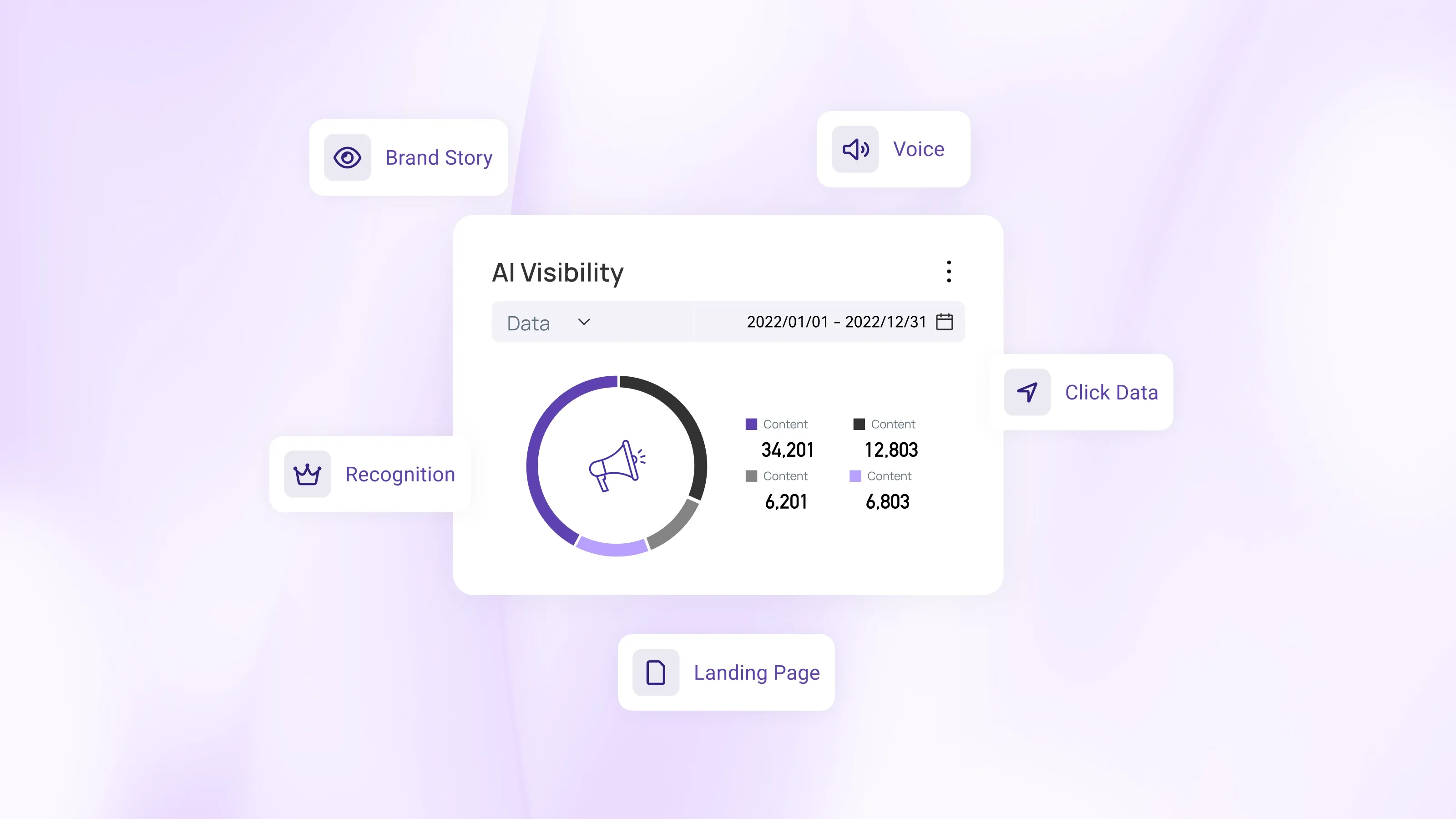What Is Brand Marketing?
Brand marketing builds emotional connection, recognition, and long-term trust. Think of Nike’s “Just Do It” or Airbnb’s community-first messaging - these narratives create lasting impact. As Forbes reports, strong brand positioning lowers CAC and boosts loyalty. For startups, this means clear messaging, story-driven content, and a consistent voice that improves SEO performance in tools like ChatGPT. If you’re refining your brand, explore Snoika’s AI content marketing tools.
What Is Performance Marketing?

Performance marketing is all about short-term, measurable results that directly impact your bottom line. It’s the fast lane to traction - perfect for early-stage founders who need to prove ROI fast. HubSpot defines performance marketing as a strategy focused on driving specific actions - like clicks, signups, or purchases - for every dollar spent. That means you're not just broadcasting a message; you're optimizing for outcomes.
For founders, performance marketing typically includes:
-
Google Search ads to capture high-intent traffic.
-
LinkedIn Lead Gen campaigns for targeted B2B outreach.
-
SEO landing pages built to rank and convert.
-
Retargeting flows that re-engage visitors and move them down the funnel.
These tactics are designed to scale efficiently, but only if your content and funnel are aligned. If your goal is to generate leads now, tools like Snoika’s website SEO builder help you launch high-converting pages quickly - optimized for both paid traffic and long-term SEO growth.
Why Integrated Marketing Works Best
Leading startups no longer choose between brand and performance - they blend both to scale faster and more sustainably. As McKinsey notes, high-growth companies master this integration.
Here’s how it looks in practice:
-
Create performance-driven landing pages to capture demand.
-
Invest in brand content - blogs, videos, founder stories- to build trust.
-
Optimize everything for SEO and AI search visibility across tools like ChatGPT, Perplexity, and Google SGE.
A SaaS team uses Snoika to optimize blog posts for AI-driven discovery, while consistently publishing thought leadership to strengthen their positioning and build organic growth.
For SaaS teams, see our SaaS marketing solutions to start scaling smarter.
Benefits / Why It Matters
 A balanced brand and performance marketing approach helps startups grow smarter - not just faster. When combined, these strategies deliver stronger results across the entire funnel.
A balanced brand and performance marketing approach helps startups grow smarter - not just faster. When combined, these strategies deliver stronger results across the entire funnel.
You’ll see:
-
Higher conversion rates thanks to trust built through branding and precision from performance tactics.
-
Better visibility in AI search tools like ChatGPT, Perplexity, and Google SGE, where relevance and authority drive ranking.
-
Stronger investor appeal, with a clear narrative and measurable traction.
-
Lower long-term CAC, as organic and branded search reduce reliance on paid ads.
-
Compounding SEO growth through consistent, optimized content.
For content-focused teams, Snoika’s SEO tools for content marketers help scale both brand storytelling and performance content in one workflow.
Ready to grow across both channels? Let your marketing work harder - with brand and performance in sync.
Brand Marketing vs Performance Marketing: A Strategy Comparison
When looking at brand marketing vs performance marketing, founders often wonder which path to prioritize. The truth is, both serve different but complementary roles.
Here’s a quick marketing strategy comparison:
Brand Marketing
-
Focuses on long-term visibility, recognition, and trust.
-
Builds emotional connection with your audience through storytelling.
-
Reduces CAC over time as brand searches and organic loyalty increase.
-
Supports performance campaigns by providing credibility and authority.
Performance Marketing
-
Delivers measurable, short-term results like leads, signups, or purchases.
-
Optimizes every dollar spent for ROI and direct outcomes.
-
Includes tactics like paid ads, SEO landing pages, and retargeting.
Works best when aligned with a strong brand message to boost conversion.
Together, these approaches create a sustainable growth engine - immediate traction powered by performance, reinforced with brand equity that compounds over time.
How to Get Started: A Quick Roadmap
Ready to align brand and performance?
Start with a few focused steps:
-
Run an SEO and content audit to find gaps and quick wins - use Snoika’s SEO analyzer for product marketers.
-
Update your top-performing blogs and landing pages to improve both conversion and AI search visibility.
-
Add brand storytelling across blogs, emails, and social posts to build trust and narrative depth.
If you’re ready for performance boosts, start small with targeted SEO pages or lead flows - even without ads. For tailored approaches by sector, explore our AI marketing solutions by industry - built for ecommerce, SaaS, and enterprise teams.
Conclusion
In 2025, brand marketing vs performance marketing isn’t a choice - it’s a balance. The startups that win are those that integrate both, building trust while driving results. With Snoika, you’ll scale faster by combining AI-powered SEO, content optimization, and AI search visibility tools - all in one platform. Need help getting started? Explore our branding and marketing solutions or check out how we help enterprise teams optimize for AI search.


 A balanced brand and performance marketing approach helps startups grow smarter - not just faster. When combined, these strategies deliver stronger results across the entire funnel.
A balanced brand and performance marketing approach helps startups grow smarter - not just faster. When combined, these strategies deliver stronger results across the entire funnel.




